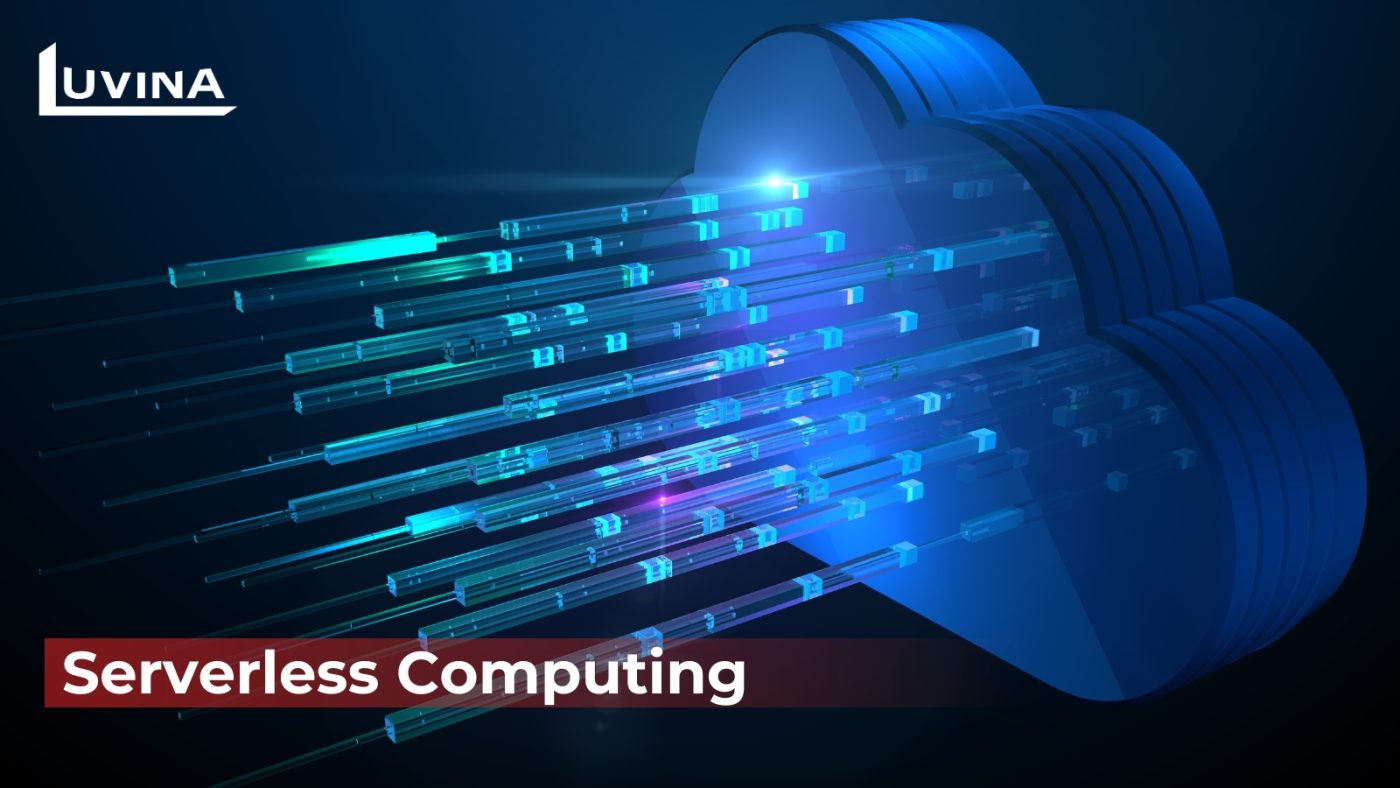In the rapidly evolving realm of technology, cloud computing stands tall as a transformative force. It’s not merely a trend; it’s an ever-evolving entity interweaving seamlessly with other technological advancements.
At Luvina, we understand that adopting cloud technology isn’t just about meeting current customer demands; it’s about staying ahead in the rapidly evolving digital world.
This article explores the key cloud computing trends that are set to shape the industry in 2024, offering an essential guide for IT professionals and business leaders.
Leveraging AI and ML in Cloud Computing
In the journey to 2024, the fusion of AI, ML, and cloud computing is set to redefine industry standards. Automation will streamline business processes, reduce human error, and enhance system reliability. The self-learning capabilities of AI and ML algorithms will continuously refine performance, leading to more accurate predictions and recommendations. The integration of AI and ML into cloud-based applications will catalyze innovation, presenting fresh opportunities for businesses.
Hybrid Cloud Adoption

Witness the momentum gained by hybrid cloud solutions, seamlessly merging public and private cloud environments for enhanced flexibility and data security. With businesses increasingly dependent on cloud services, a substantial surge in hybrid cloud adoption is anticipated. Cloud providers are poised to offer advanced tools and services, simplifying the management and integration of hybrid cloud environments.
Edge Computing Integration
Delve into the pivotal role of edge computing, bringing computation closer to the data source, thereby reducing latency and optimizing real-time processing. In 2024, closer integration between cloud and edge computing is on the horizon, promising more efficient data processing and analysis. This integration will prove crucial in applications such as autonomous vehicles, IoT, and smart cities.
Serverless Computing

Explore the paradigm shift offered by serverless computing, also known as Function as a Service (FaaS), liberating enterprises from the burden of managing server infrastructure. In 2024, the popularity of serverless computing is set to soar, enabling organizations to focus on code and application development without the encumbrance of infrastructure maintenance. It emerges as an efficient solution for running small, event-driven applications.
Real-Time Cloud Infrastructure
In our fast-paced digital world, the demand for real-time data has surged significantly. This necessitates swift and reliable storage solutions such as Flash and solid-state devices. These advanced technologies empower instantaneous data access and insights, transforming how we interact with information. The rise of real-time cloud infrastructure is pivotal in meeting these evolving data needs, ensuring optimal performance, and enabling seamless scalability.
Cloud Security and Resilience
As cloud services face more sophisticated and frequent attacks, the need for encryption, authentication, and disaster recovery becomes more urgent. Cloud security and resilience are essential to protect data from breaches and mitigate the risks.
Cloud-Driven Innovation and Transformation
Beyond its role in data storage and processing, cloud computing serves as a gateway to cutting-edge technologies like the Internet of Things (IoT), blockchain, and quantum computing. Leveraging cloud services enables businesses to readily access and experiment with emerging technologies. This cost-effective and scalable approach encourages quick-win initiatives, fostering innovation and propelling growth.
Privacy in the Cloud

The use of cloud services brings forth significant challenges, notably in managing privacy implications. Upholding data protection standards and adhering to regulatory compliance are paramount to establishing trust and security in the cloud. This segment delves into strategies for addressing these challenges while capitalizing on the advantages offered by cloud computing.
Sustainable Cloud Computing
Cloud solutions are becoming more environmentally friendly as cloud service providers commit to net-zero emissions and use more renewable energy sources. This is a significant trend in 2024 that reflects the growing demand for green cloud operations.
Simplified Cloud Computing
With low-code/no-code tools and user-friendly interfaces, cloud deployment and management become accessible to non-technical users. They can build applications without requiring advanced technical skills. This empowers them to solve problems, automate workflows, and innovate faster.
>> See more: Unlocking the Power of Offshore Cloud Development Services
Conclusion
In conclusion, the cloud computing landscape in 2024 promises transformative shifts, presenting businesses with opportunities for innovation and growth. At Luvina, we navigate these trends to offer cutting-edge solutions that drive success in an ever-evolving digital world. Stay informed, stay ahead.
{ Get everything you ever
wanted to know about IT.}
Read More From Us?
Sign up for our newsletter








Read More From Us?
Sign up for our newsletter
Read More From Us?
Sign up for our newsletter